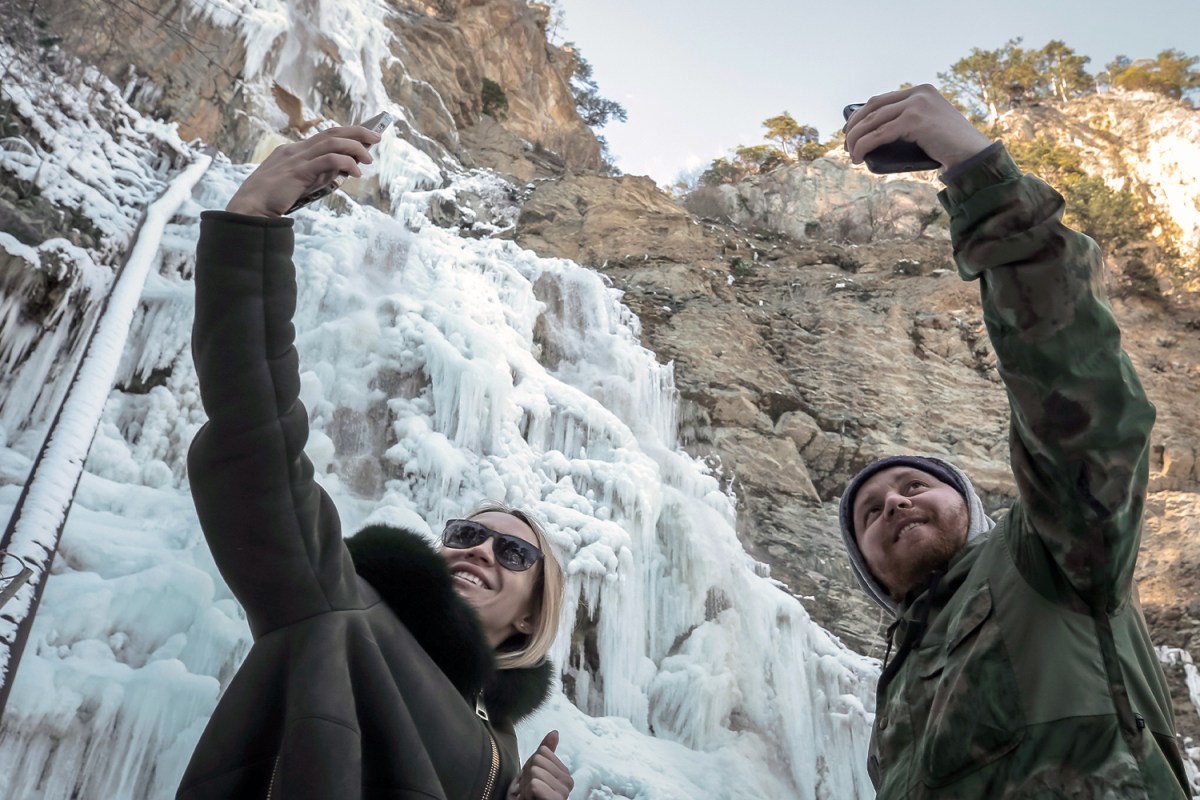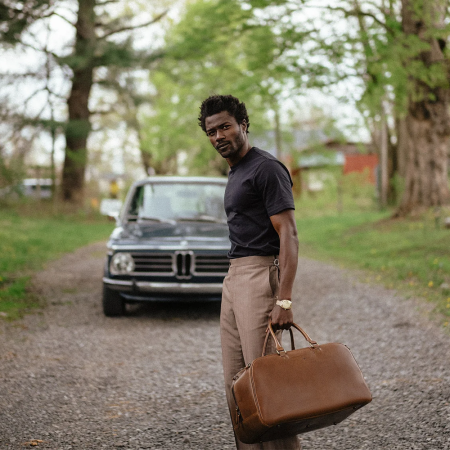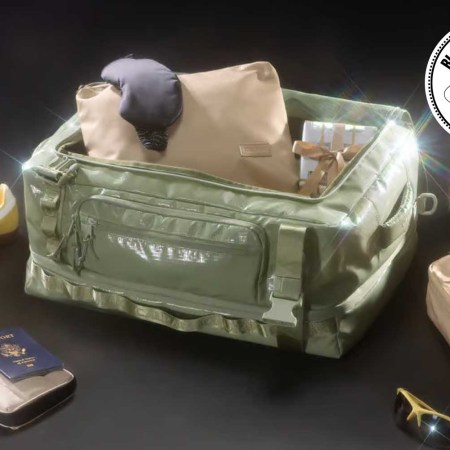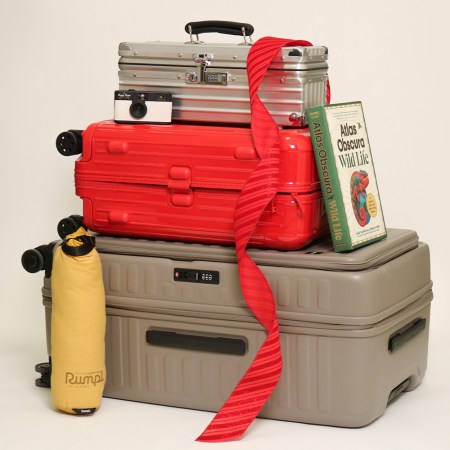In the summer of 2018, a friend and I set out on a cross-country road trip that would ultimately find us camping in the Grand Canyon for three days prior to our eventual departure from Phoenix Sky Harbor International. I’d never been to the Grand Canyon prior to that trip and upon seeing it for the first time, I was rendered speechless more than once, and for more than one reason.
The first time, it should come as no surprise, was due to just the overwhelming vastness and majesty of the canyon itself, made only more beautiful by the light at dusk. I’m not religious, but being there on that day made it difficult not to feel connected to the world, and my existence in it, on a whole new level.
The second time was shortly thereafter when I was tipped off by a passerby that there was a crowd amassing just a few yards to our right as a result of having heard that a tourist had recently plummeted into the canyon to his death while attempting to take a selfie, from that exact spot. For the second time that day, I found myself praising a higher power that I had not previously acknowledged, this time for having spared me from seeing the grisly incident.
Unfortunately, it’s not the first selfie death on record in the history of the world, or even in the Grand Canyon. According to a recent (albeit morbid) study by Inkifi, more than 330 lives have been lost in pursuit of the perfect selfie over the course of the last decade. More than half of those deaths occurring in India, which topped the list of countries for having the most selfie-related deaths on record to date.
Second on the list was the U.S., with 26 selfie-related accidents to its name, many of which took place in national parks around the country — Yosemite and Yellowstone, in particular — where selfie-takers reportedly fell from cliffs mid snap. According to the study, falls are one of the most common causes of selfie death, second only to drowning and accounting for 86 overall. Triggering.
Third on the list was Russia with 19 fatalities, a startling number of which are attributed to electrocution and people looking to get a shot on a railway or other similarly high-risk areas, followed by Pakistan and Australia with 14 and 11, respectively. The next few contenders — Brazil, Spain, Sri Lanka, Croatia and the Philippines — all saw significantly fewer deaths by comparison (though still enough to make them worthy of inclusion) while several more reported having at least one.
It’s a disturbing collection of data to be sure, but there are a few obvious lessons to be gleaned here. Chief among them: pay attention to your surroundings. Doing some hiking or scaling a cliff? Put your phone away. No selfie will do justice to the real thing, anyway. And, in case you need to hear it, practice discretion where railways are involved. “Do it for the ‘gram,” are not words to live and die by.
Thanks for reading InsideHook. Sign up for our daily newsletter and be in the know.


















